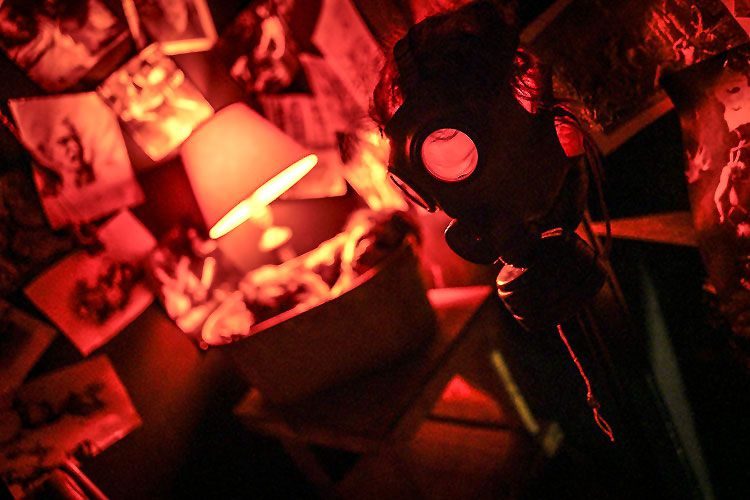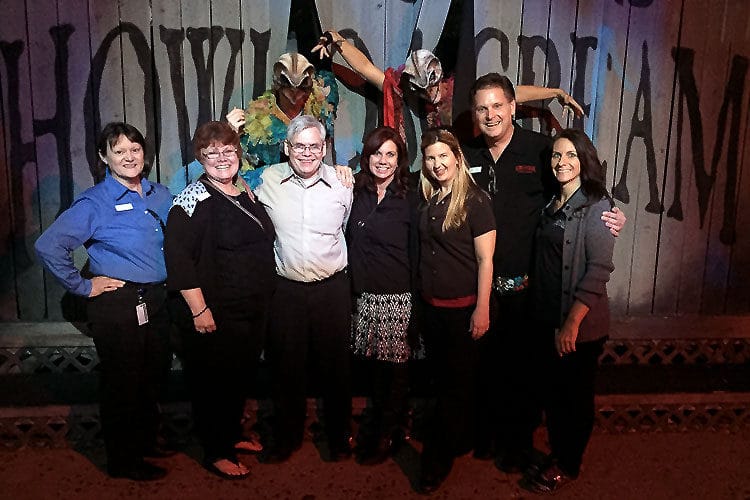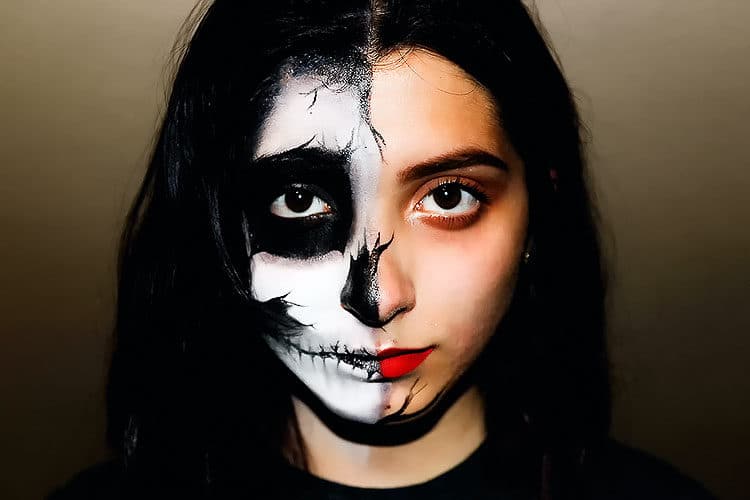Strategies for how Immersive Entertainment can hit the ground running after COVID-19.
By Sarah Elger and Ricky Brigante
As published in the Immersive Design Industry Annual Report, the market value across the whole immersive industry grew over 2018. Tremendous growth fueled this in certain segments, including themed entertainment—including haunted attractions—VR, and AR. This article will discuss the direction of themed attractions and other immersive forms of entertainment after we emerge from the COVID-19 pandemic. In a post-social-distancing world, people will be eager to resume attending their favorite events and attractions. Many in the industry are wondering at what pace this will that happen and what we can do now to prepare. The consensus among many leaders in the industry is that now, during this period of closures and social distancing, is the time for organizations and individuals in themed entertainment to pivot and create.
Key Takeaways:
- Take advantage of the upward trend in the immersive entertainment industry.
- New businesses in innovative areas of the immersive entertainment industry must address four key factors to move forward—success metrics, business models, pricing, and standardized nomenclature.
- Categorize your event or attraction based on the level of interaction, age-appropriateness, type and definition of work, and size of team and nature of funding.
- Balance art with your guests’ desire to be entertained.
- Build sustainability into your business by offering something for mass audiences to enjoy besides catering to niche audiences.
- Incorporate technology.
- When building a new immersive attraction, seek a variety of funding sources, don’t focus on just one.
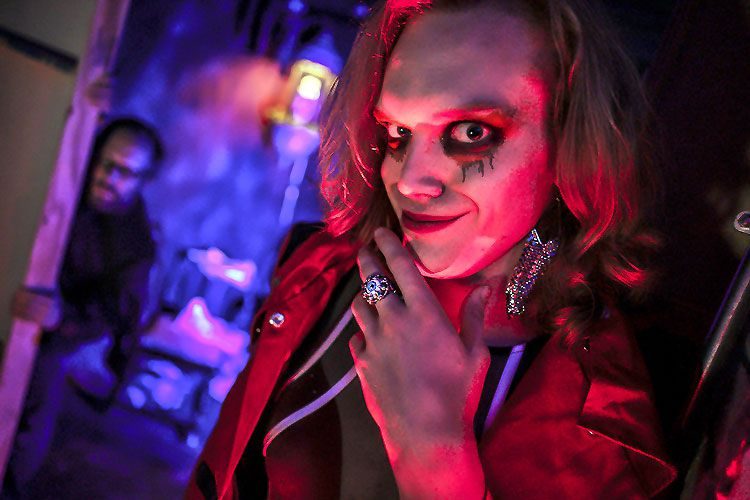
Take Advantage of the Upward Trend of the Immersive Themed-entertainment Industry
Each industry has a lifecycle, and newcomers to the immersive entertainment industry are very much in the introductory phase. Newer parts of this industry are still figuring out products, innovating, and rightfully failing along the way. While theme parks, haunted attractions, and escape rooms are more established, newer entertainment categories like immersive theatre, VR LBE, and AR are not focused on competition or even necessarily making money right now. It’s time for development and creating inventive products so that when solid models emerge, we’re ready to take that and move forward. Coronavirus will affect this process, but, overall, the trend is upward for innovation in this industry.
For example, the Immersive Design Industry Annual Report found that (at least) the industry created 775 new immersive projects in 2019. Many companies have moved physical experiences to digital, which is likely to continue in the post-pandemic world. Immersive experiences have been created by telephone, via email, text messages, custom apps, web-based, 360 video, social media, webcam, and streaming video. There are many ways of creating an experience, and we’ve just begun. What would it be like to step into a haunted house that lived online or on your phone? This is the kind of question we need to be asking to scale up intimate experiences for worldwide audiences.
The Themed Entertainment Industry Must Address Four Key Factors to Move Forward
We must address several items to improve the immersive entertainment industry: Define and implement success metrics, create alternative business models, evaluate pricing, and develop standardized nomenclature.
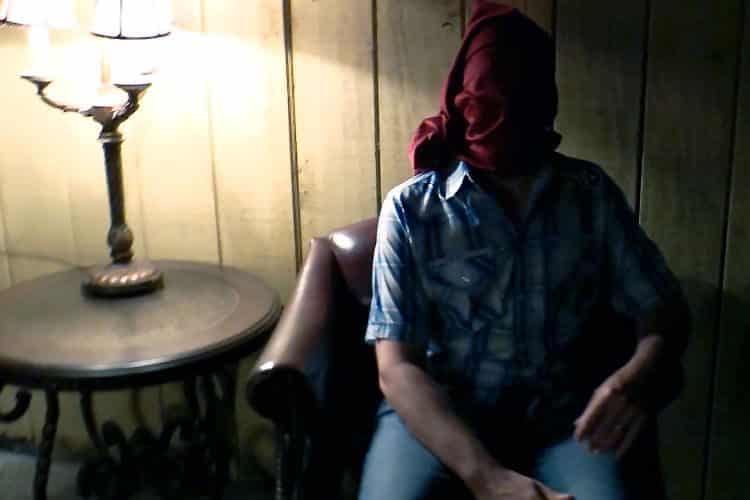
Defining and Implementing Success Metrics
Success metrics vary by company but include creative achievement, financial gain, social impact, and customer satisfaction. Right now, everyone in the industry defines success in their own way. The Annual Report found that there was almost equal weight put on each of these different success metrics, but not every area of the industry emphasized the same ones. Many in the industry—in particular, immersive theater—lean more toward creative achievement as their highest metric of success. We view defining what the product is and understanding what customers want as the means to create a more sustainable model.
Alternative Business Models
Among the trends noted in the Annual Report were the emergence of alternative business models for the Halloween season. Many haunted attractions have been incorporating other sectors of the industry like immersive theater, alternate reality games (ARGs), live-action role-playing (LARPs), themed bars, experiential marketing, or interactive art museums to create both real-life and online content. There are many areas of the immersive entertainment industry that haunt creators can look at for ideas and inspiration. This the perfect time to focus on how you can innovate and grow.
Pricing—How Much is an Experience Worth?
It often takes years of trial and error for an organization to figure out how much an experience is worth and how much people will pay for a ticket. Every industry has its own price points, which change over the years. Looking at trends in new types of immersive experiences there’s a spike at about $50, which is the average price paid for experiences. This is a lot higher than most haunted attractions charge, but, as we see experiences cater to smaller audiences, the value of those experiences increases as does what people will pay. It’s possible to achieve the same revenue from smaller audiences with immersive entertainment offerings tailored toward more personal attention. People’s expectations jump when you hit those price points. For anything above $50, consumer expectations increase exponentially. Beyond the $50 mark, there must be an extra level of polish for every $10 added. We’re being tasked right now with creating experiences for smaller audiences that are more elaborate and polished—and for which we can charge more as long as we deliver quality.
The Need for Standardized Nomenclature
As novel forms of immersive entertainment continue to emerge, there is a need for system that provides customers with an understanding of what they’re buying a ticket to. It’s important to define what the term “immersive” means for a particular attraction or event. In our definition, an immersive experience is one that enhances or otherwise changes how the real world is perceived or interacted with, to allow audiences to have the perception of being present in a world that somehow differs from the everyday. It’s being surrounded by a fictional reality different from our own. They may achieve this through technology or theatrics. However, these days, the term is frequently used in marketing for everything from a solo, independent artist to a giant theme park – and it’s often hard to tell the difference from marketing alone.
When we all use the same terminology and the same marketing language, it confuses customers. They may expect an experience to be huge, special-effects-filled, Marvel-level movie, when it’s something much simpler. It’s not enough to slap the word “immersive” on a haunted house and then charge $75. The word alone conveys nothing in particular, and it’s been overused and misused. The industry needs to develop specific nomenclature, so our audiences know what to expect. The Annual Report offers the beginning of a standardized system by which we can name new experiences for better customer understanding, but it will be an ongoing process for creators worldwide to adopt any singular naming convention.
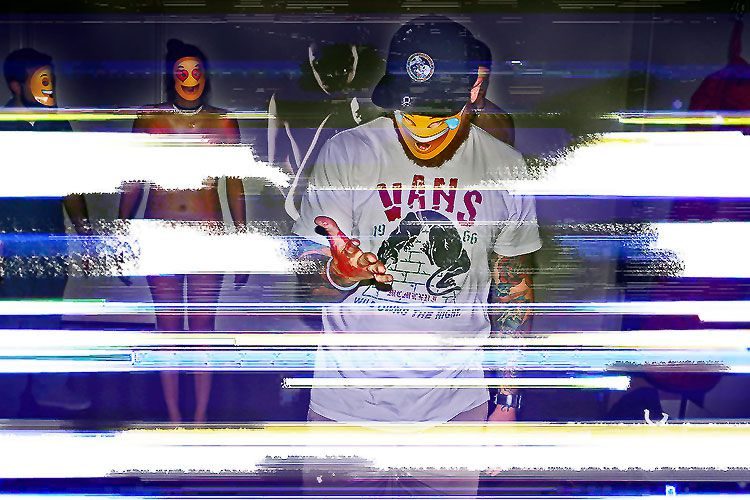
Categorize Your Attraction
The immersive entertainment industry would also benefit from implementing four categories by which to define events: level of interaction, age-appropriateness, type and definition of work, and size of team and nature of funding.
Level of Interaction
As immersive experiences become more intimate, people want and need to know the level of interaction of any event or attraction. For example, in a haunt, some people are not okay at all with being approached and touched, and the level of blood and gore is a factor. You don’t want guests being traumatized on the one hand because of the display of blood and violence or disappointed on the other because your haunted house wasn’t gruesome enough for their liking. It’s almost impossible to go overboard on making your guests aware of the level of interaction they can expect. This should be in every aspect of your marketing, on your website, on the ticket booth—everywhere. Don’t worry about spoilers. It’s important for all guests to know what they are stepping into.
Age-appropriateness
As with video games, designating the age-appropriateness of your event or attraction is important. For example, a label of “E” could mean it’s easy and appropriate for everyone. You could have a rating of “T” for teen and “M” for mature. Much of the content out there should be for people over 21 or at least 18, such as experiences that offer alcohol. We need to make the age-appropriateness known upfront for the benefit of both parents and people who are looking more for the mature content. The Annual Report suggests an immersive age rating system the industry could adopt that as the beginning of that conversation.
Type and Definition of the Work
Coming up with terminology to categorize the type and definition of the work refers to ways of explaining what we’re doing. Guidelines as another way for audiences to understand the nature of the event or attraction. Being verbose in plain language is helpful to all audiences. Attract customers’ attention with your marketing messages, but ensure that your sales funnel includes accurate descriptions of what your experience is, if it’s new and innovative. The last thing creators want is to confuse or disappoint customers with improperly set expectations. If you don’t tell them what you’ve created, you never know what they might hope it is like before they even get there.
Size of the Team and Nature of Funding
Lastly, it’s important to make known the size of the team and the nature of the funding. Many new immersive experiences are independent, single-person enterprises, and we want to make sure that their work isn’t being compared by customers to that of a much larger company that has millions of dollars in backing and a huge team behind it. This is like the movie industry, where there are indie films and studio films. This has nothing to do with the quality of the event or attraction. It’s setting clear expectations about what type of experience the audience should expect so they can enter with the right frame of mind. It’s okay to tell audiences that a small team created an experience and it’s encouraged to list the staff credits on your website.
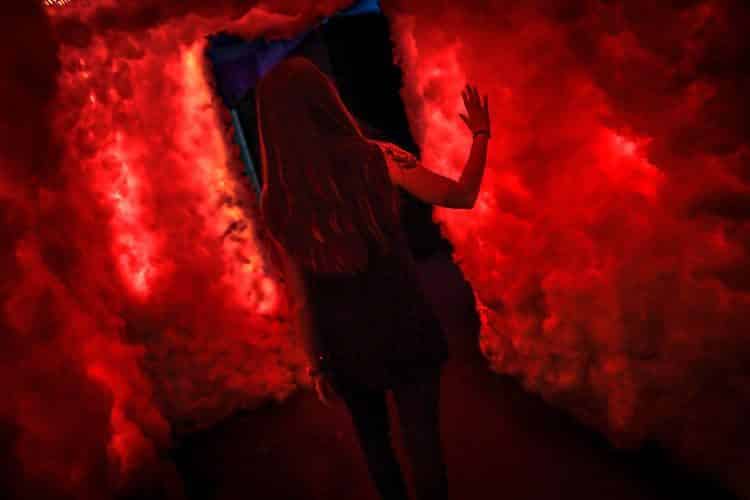
Balance Art with Your Guests’ Desire to Be Entertained
As the immersive entertainment industry continues to find its way forward, we’re seeing recent additions such as immersive theater, ARGs, and LARPs. Many newer areas of the industry are leaning into the art side. But mass audiences skew toward the entertainment side.
We’re now seeing a balance being struck between the two, as with Meow Wolf, which has put so much emphasis on artists. However, we’re also watching them struggle a little bit as they move toward more business-minded thinking, and away from artist-driven mentality. This back-and-forth will happen for a while, because innovation drives continued interest in the immersive entertainment industry, but it’s financial success that fuels its growth.
It doesn’t matter what’s art and what’s entertainment. We, in this industry, are one. We need to give each other a break in this argument. We’re seeing an emerging economy in which artists can embrace both the artistic and commercial sides, if they’re open to that. Being considered a “sellout” is a notion of the past. Today, the immersive entertainment industry is building economies on which artists don’t have to be “starving,” as long as they will engage in business practices too.
Build Sustainability by Attracting Mass Audiences
Sustainability is always a huge factor in immersive entertainment, and sustainable models are still being figured out for many newer areas of the industry. For our industry to grow, experiences must become more sustainable, not just limited run events. The key is appealing to and attracting mass audiences, not just the small groups of early adopters that already know about your event or experience.
Guests these days are expecting an experience to be focused on and tailored to the individual. This one key to sustainability. In immersive experiences designed for intimacy and personal attention, customer satisfaction often goes down as the size of the audience increases. This is a tough problem, but there are examples of productions that have nailed the formula. The immersive theater production “Then She Fell” provides a leading example. This popular show allows only 15 audience members at each performance and has been selling out shows for years, which proves it’s possible have a small audience and still be sustainable and innovative. But it’s because of their solid system (and excellent work) that they can sustain.
Another strategy for sustainability is adding a hospitality factor to immersive experiences. For example, hotels like Great Wolf Resorts or Kalahari Resorts have been creating themed entertainment experiences by adding water parks and escape rooms to their properties.
Incorporate Technology
In 2019, there were 10 different conferences that focused on immersive themes. Eight of those 10 meeting were on technologies, such as AR and VR. More and more, the word “immersive” is associated with technology, and much of the funding is going into the tech side of immersive.
Note that technologies such as virtual reality or augmented reality have a tremendous learning curve. To become involved, reach out to creators who understand those technologies. Right now is an excellent time for haunted attraction folks to figure out how to translate those technologies for their own purposes and to support software developers and engineers in integrating technologies we weren’t thinking about before. With VR, a lot of the focus has been on gaming, and this is a great chance for the experiential entertainment side to lean into that.
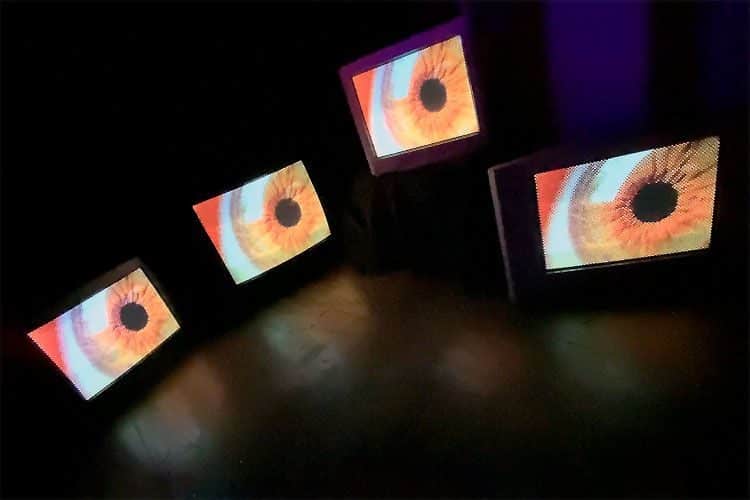
Seek Multiple Funding Sources for Your Attraction
Many entertainment industries have clear paths to funding, but this has been a problem in the immersive entertainment industry for startups and small groups. This is because we haven’t determined who’s interested in investing in this sector. As we reach more of the mass audience and our models become more sustainable, we need to push our fundraising forward. If we look at the film industry, for example, there’s an entire array of strategies for funding movies. Producers patchwork different fundraising efforts such equity and debt financing, government grants, hedge funds, ultra-high-net-worth investors, tax-credit buyers, or private-equity firms. Film aren’t funded by one source. This is one way to think about fundraising for large-scale immersive events.
Another way is to look at how theaters do it. There are grants for playwrights, directors, actors, and production costs. Some producers are engaged in commission-based fundraising in which they receive a producer credit as part of that production.
As we move forward and see normalcy returning, now is the time to talk about funding for future growth. It’s likely we’ll be seeing some interesting moves in terms of who comes forward to fund immersive entertainment. Investors might be people who don’t have as much faith in the stock market for the foreseeable future. If we enter a recession, where else could those investments go? Well, investing in small businesses and companies that we know, in time, will come back is a splendid idea. We can convince people to invest in innovation and development right now by letting them know an upswing is inevitable.
Fundraising just isn’t happening for immersive entertainment projects in the U.S. Major funding of immersive experiences has already begun in the United Kingdom, setting a precedent. As was mentioned at the outset of this article, we’re in that early phase of our lifecycle where many projects are still innovating and figuring out their sustainability model. To attract the interest of potential investors or receive grants or even generate grants for immersive projects, investors and sponsors need to see sustainability. They need to see that these projects can be viable. It’s up to us, as a creator group, to implement those models and show what we can achieve.
About the Authors:
Sarah Elger
Sarah A.S. Elger has designed theme parks and attractions for Walt Disney Imagineering, Universal Creative, SeaWorld, NASA, and Chimelong. Sarah has also worked in the world of Broadway. She founded Pseudonym Productions in 2015 to blend theater, gameplay, art, and architecture in engaging new ways. Pseudonym’s inventive productions aim to connect people in meaningful, unexpected ways through immersive experiences that entertain, engage, and captivate.
Ricky Brigante
Ricky Brigante is an immersive entertainment expert and founder of Inside the Magic, a respected source of themed entertainment news and information. After 13 years as Editor-in-Chief, Ricky sold Inside the Magic in 2018 to become a designer of immersive experiences. Now, as Vice President and Creative Technologist at Pseudonym Productions, Ricky helps create uniquely interactive entertainment that entices audiences to push boundaries and question reality. After four years of creating physical and digital experiences in Orlando, Los Angeles, and New York, Pseudonym recently moved to Philadelphia to debut a new series of ambitious immersive experiences.
